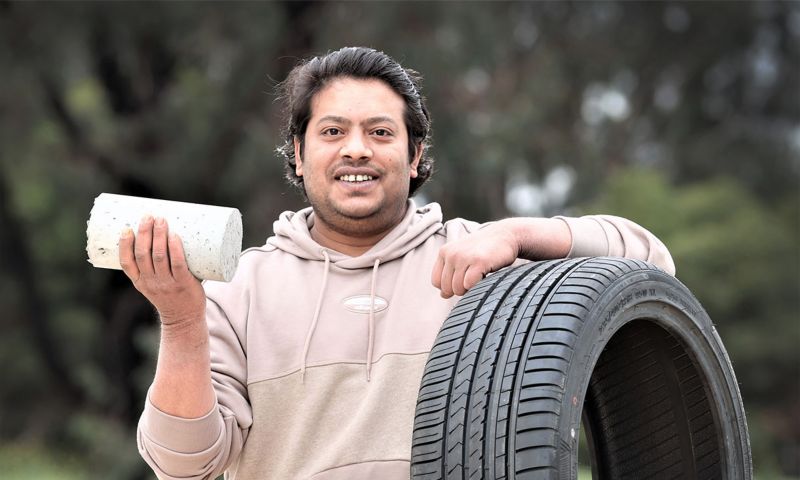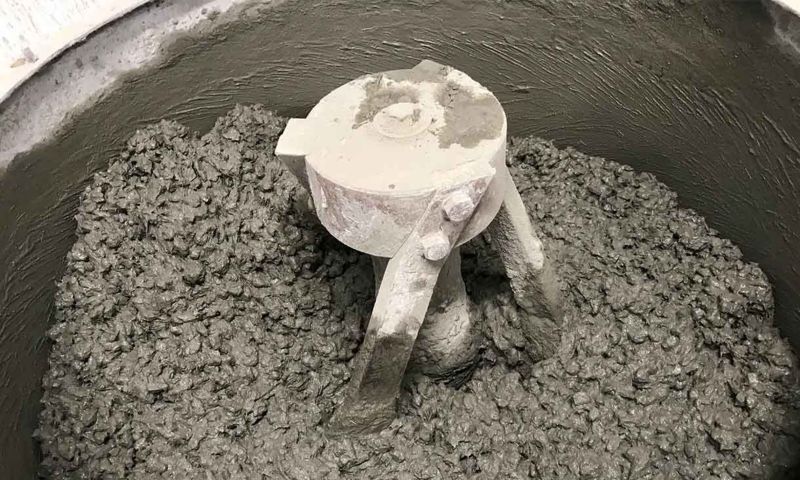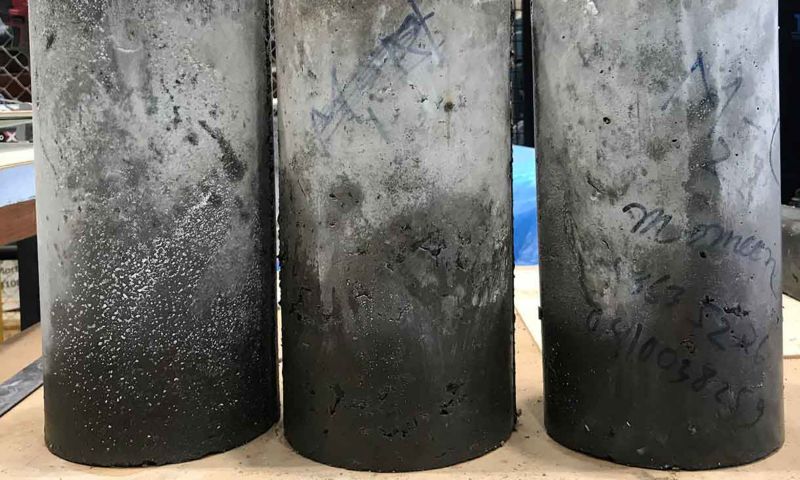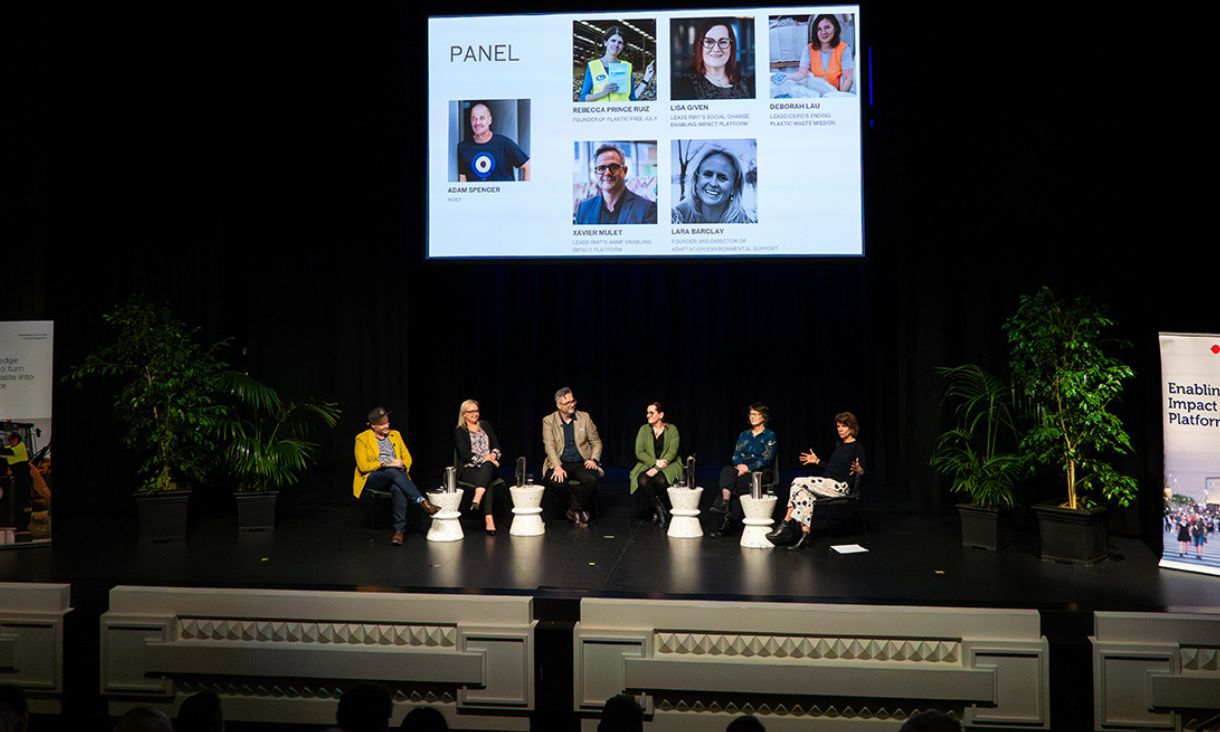Putting plastic waste to good use: building a sustainable future
RMIT's Capitol Theatre became a hub of innovative thinking and practical solutions as leading voices in sustainability, social change and science gathered to discuss the pressing issue of plastic waste.
Trailblazing digital health collaboration to improve aged care wins national prize
Australia’s first electronic screening and risk prediction tool for deterioration in aged care residents has won a top national prize for its positive impact on health and safety.
Hot cities: Collaborating for climate justice
As our cities heat up, we must urgently find ways to think and act differently to better address the impacts of climate change particularly for those most marginalised, according to RMIT urban futures expert Professor Wendy Steele.
Innovation spearheads cheaper seafloor test for offshore wind farms
Australian engineers have unveiled a clever new device – based on a modified speargun – as a cheap and efficient way to test seabed soil when designing offshore wind farms.






